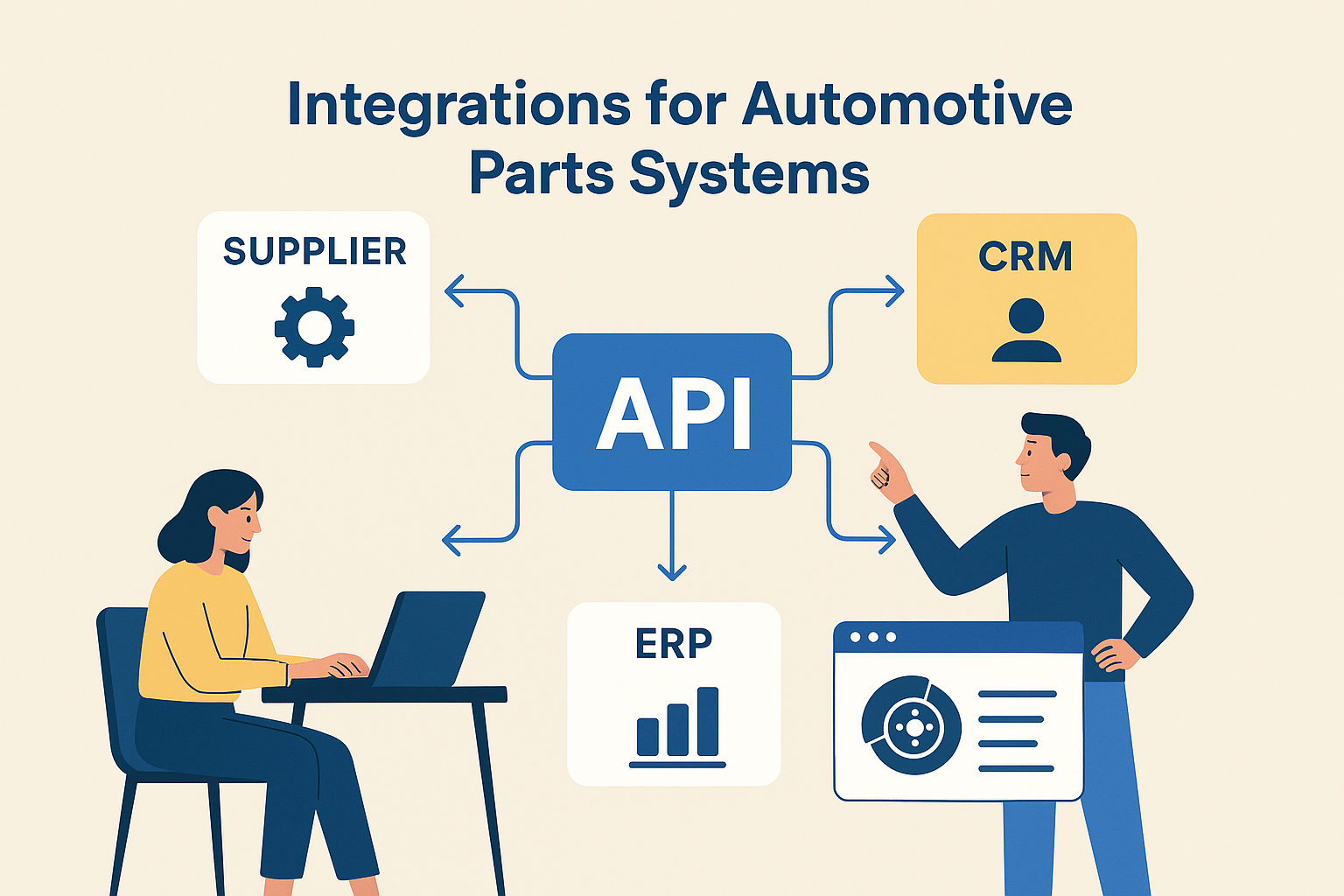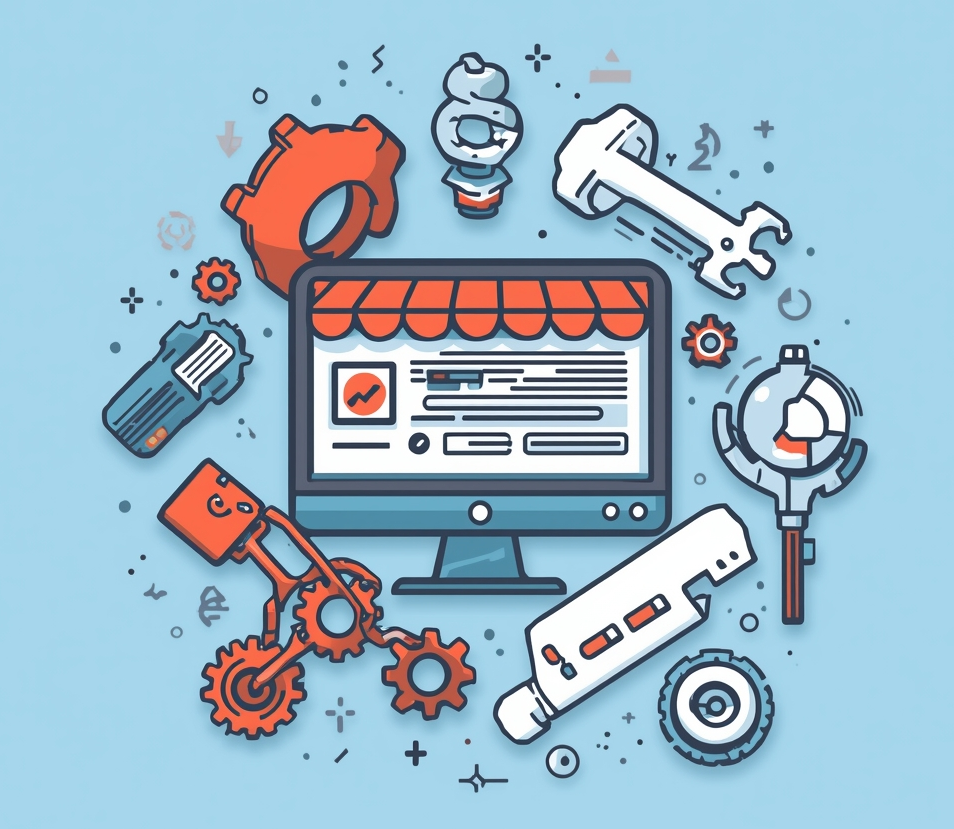What are the best alternatives to expensive original auto parts?
Explore alternatives to OEM parts: used genuine parts, quality aftermarket options, and how to choose the right replacement parts while balancing cost and reliability.
Smart Alternatives to Original Auto Parts: Balancing Cost and Quality
For owners of imported vehicles, the dilemma of choosing between expensive original parts and various alternatives remains challenging. While OEM parts guarantee quality and compatibility, currency fluctuations, delivery times, and budget constraints make alternative options increasingly attractive for many car owners.
The Original Parts Dilemma
Advantages of OEM Parts:
- Guaranteed compatibility and perfect fit
- Consistent quality and reliability
- Manufacturer warranty protection
- Ideal for complex systems and safety components
- Significantly higher cost, especially with currency fluctuations
- Long delivery times exceeding customer expectations
- Limited availability for older vehicle models
- Less practical for vehicles nearing replacement
Used Original Parts: When They Make Sense
Ideal Applications for Used Genuine Parts:
- Airbags and safety systems requiring specific models
- Transmissions and complex mechanical assemblies
- Components needing perfect fit without modification
- Discontinued parts no longer available new
- Budget-conscious repairs maintaining original quality
- Verify wear levels and component history
- Purchase from reputable salvage yards with warranties
- Global acceptance of used parts as standard practice
- Prefer over low-quality counterfeit alternatives
Aftermarket Parts: Navigating the Options
Market Challenges:
- Overwhelming variety of alternatives and compatibility claims
- Part number confusion and cross-reference complexity
- Quality variations between manufacturers
- Supplier-specific coding systems creating confusion
- Material quality and manufacturing standards
- Casting durability and welding quality
- Performance testing and certification
- Brand reputation and user reviews
Online Solutions for Part Identification
Digital Advantage in Parts Sourcing:
- Structured search processes from customer inquiry to delivery
- Advanced software with cross-reference databases
- Automated price comparison systems
- Dedicated used parts categories in online catalogs
- Real-time availability and pricing information
- Delivery time estimates across multiple suppliers
- Comprehensive response to customer inquiries
- Specialized used parts marketplaces and classifieds
Strategic Decision Framework
When to Choose Used Original Parts:
- Vehicle out of warranty but maintaining original specifications
- Budget constraints with need for genuine components
- Replacement of mechanical rather than safety-critical parts
- Older vehicles where new parts are unavailable or overpriced
- Non-critical components and wear items
- Proven aftermarket brands with good reputation
- Significant cost savings with acceptable quality
- Immediate availability requirements
- Safety systems and critical components
- Vehicles under manufacturer warranty
- Complex electronic and mechanical systems
- Newer vehicles preserving resale value
Implementation Recommendations
- Research part-specific reliability data before deciding
- Consult with professional mechanics for technical advice
- Use online tools for comprehensive market analysis
- Balance immediate cost against long-term reliability
- Consider vehicle age and future ownership plans
By understanding the full spectrum of alternatives to original parts and leveraging modern online tools for part identification and sourcing, vehicle owners can make informed decisions that balance cost, quality, and reliability. The key lies in matching the right type of replacement part to each specific repair situation while utilizing digital resources to navigate the complex automotive parts marketplace effectively.








